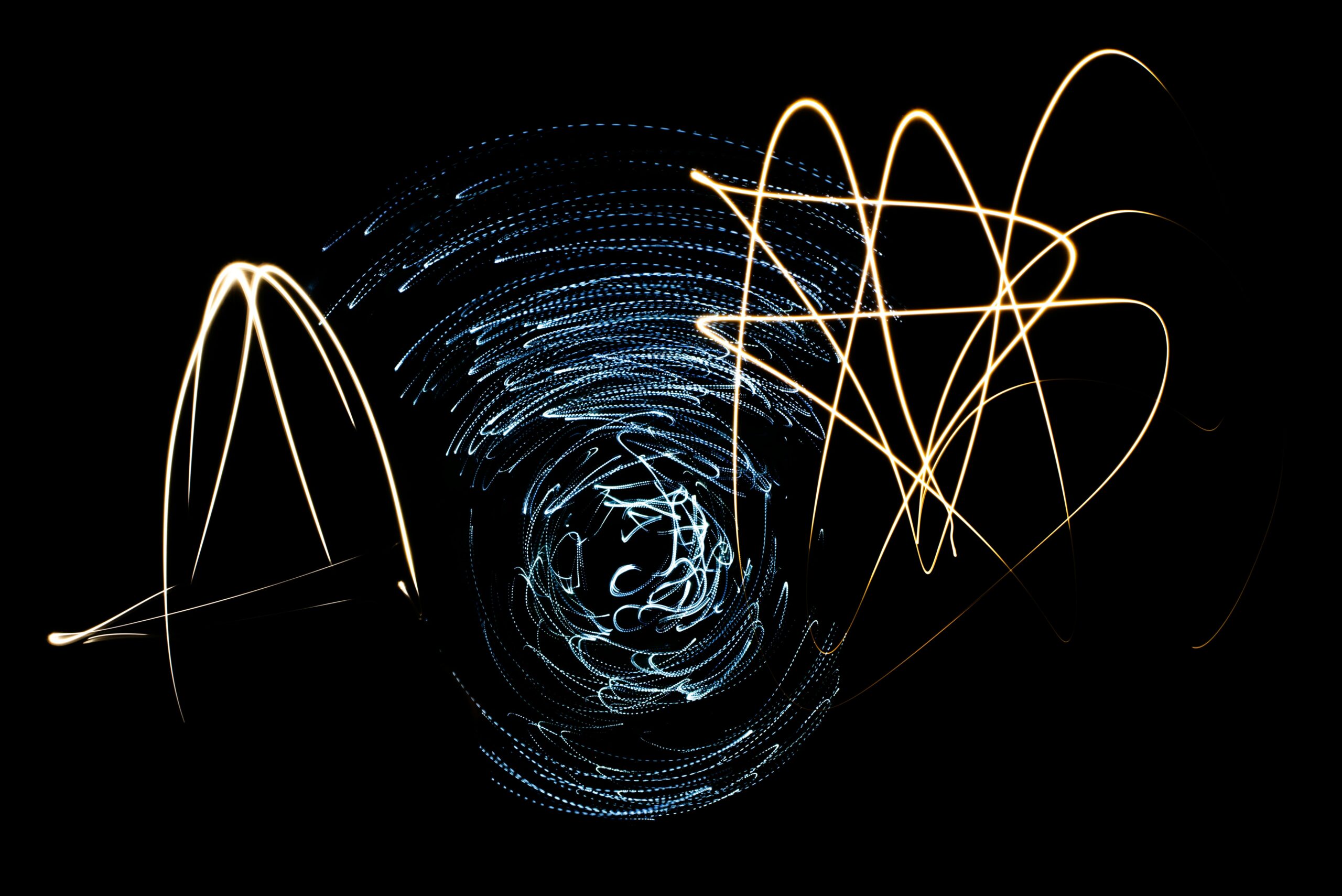The Conundrum of Area-Based Tax Holiday, GST and Central Excise Exemptions

Governments bring in policy initiatives with an inherent strong developmental agenda aimed at transforming underdeveloped regions thereby accelerating the pace of growth to foster employment, community progress and financial participation.
In the year 2002, as a subset of the New Industrial Policy of the Union Government, certain Notifications (which can be designated as “Original Notifications”1) were issued under Section 5A of the Central Excise Act, 1944 (“CEA”) qua Jammu and Kashmir, North-East and Kutch (Gujarat) regions. By virtue of these Original Notifications, a manufacturing unit (new units and/or existing units which undertook substantial expansion) located in the specified areas producing prescribed goods was entitled to claim refund of the 100% Central Excise Duty paid through cash after utilizing the eligible CENVAT Credit.
In 2008, the Central Government amended the Original Notifications, and the “Subsequent Notifications”2, provided that the exemption by way of refund would be the amount equivalent to the duty payable on value addition carried out by the unit, which value addition is computed as a prescribed percentage of the total duty payable on the enlisted goods manufactured in such unit. The Subsequent Notifications further provided that a special rate for value addition may be fixed where the actual value addition is more than that prescribed in the Original Notification.
Aggrieved by the changing policy infrastructure regarding excise levy coupled with convoluted refund mechanisms which raised apprehensions regarding stark reduction in the entitlement of refunds, the assessees across India moved to several judicial forums to bring an end to the regulatory confusion. The various affected assessees filed Writ Petitions before the High Courts of Gujarat, Sikkim and Guwahati under Article 226 of the Constitution of India, challenging the constitutionality and validity of the Subsequent Notifications, primarily on the basis of the doctrine of promissory estoppel. The respective High Courts (“HC”) allowed the Writs and quashed the Subsequent Notifications to the effect of invalidating the reduction in the quantum of refund and reinstating the Original Notifications. However, in the Department’s Special Leave Petitions against these HC orders, the Hon’ble Supreme Court (“SC”) vide its common order dated 22.04.2020 in VVF Ltd. [2020 SCC OnLine SC 378] (“VVF”)upheld the constitutional validityof theSubsequent Notifications as against the promissory estoppel of the Original Notification in consideration of public interest and the revenue interest; designating such Subsequent Notifications as “clarificatory” in nature and as a valid extension of the Original Notifications.
Certain other assessees adopted the appellate route and preferred appeals before the Customs Excise and Service Tax Appellate Tribunal (“CESTAT”) against the rejection of 100% refund by the jurisdictional adjudicating authorities. The CESTAT decided some of the matters in favour of the aggrieved assessees thereby granting 100% refund of Basic Excise Duty (“BED”) along with Education Cess (“ED Cess”) and the Secondary & Higher Education Cess (“SHE Cess”) in line with the prevalent legal position at the time i.e. the judgement of the SC in SRD Nutrients Pvt. Ltd. [(2018) 1 SCC 105] (“SRD”). This SRD judgment was held per incuriam in Unicorn Industries [(2020) 3 SCC 492] (“Unicorn”) thereby re-opening the gamut of questions pertaining to the refund entitlement of the assessees.
The issuance and legality of SCNs
As an aftereffect of this newly established judicial perspective attained from VVF and Unicorn, the tax department proactively began issuing self-serving Show Cause Notices (“SCNs”) to demand so called “erroneously granted refunds” from the assesses under Section 11A of the CEA in cases where: (i) any refund amount was granted in excess of the prescribed value addition norm as per the Subsequent Notifications, and (ii) refund of ED Cess and SHE Cess was granted pursuant to the SRD judgement. These SCNs appear to be without jurisdiction, unconstitutional and bad in law on many counts, few of which are mentioned below:
- In order to issue SCN under Section 11A, refund should be considered as “erroneously refunded”. In various cases, the CESTAT Orders wherever passed, which remain unmodified and unvaried absent any reversal by higher judicial forum, are enforceable in its entirety and have attained finality. Consequent to the orders of the CESTAT / any other judicial forum (SC or HC), the refund claims sanctioned (whether fully or partly) have also attained finality absent any challenge before the appellate authority. Given this, the refunds sought to be recovered by the SCNs cannot be said to be “erroneous” for the purpose of invoking Section 11A of the CEA, and to this extent, the SCNs can be said to have been issued without jurisdiction.
- The Department exercising power under Section 11A of the CEA is required to arrive at finding that the earlier orders granting refund (whether fully or partly) were contrary to the law and therefore, “erroneous” and thus the same are required to be reopened or recovered by invoking the powers under Section 11A.3 Curiously, most of the SCNs have no whisper on this aspect, rather the recovery is sought merely on the basis of VVF and Unicorn.
- In cases where the refund orders have been passed and the Department has not challenged such orders, these SCNs now essentially seek to initiate a parallel proceeding and reopen an issue without first seeking appellate remedy from appropriate judicial forums.4 Thus, these SCNs are issued without following due process of law and contrary to Articles 14, 19(1)(g), 265 and 300A of the Constitution of India.
- Qua refund of ED Cess and SHE Cess, a change of law subsequently by the SC in Unicorn would not make an action taken earlier by quasi-judicial authority in terms of law as it stood then, to be held to be erroneous so as to enable the Departmental Officer to invoke powers under Section 11A of the CEA.5
- The SC decision in VVF was rendered in relation to peculiar circumstances in the Kutch and North-East region and the pronouncement was issued in public interest as many assesses were indulging in unscrupulous activities and availing unwarranted refund. However, in respect of the Jammu region, no study showcasing wrongful activities by the assesses has been conducted nor has any case visibly been reported in the public domain signalling any illegal activity so far. It must not be lost sight that the validity and constitutionality of the Subsequent Notifications qua Jammu region is still sub-judice before the SC in certain appeals6 filed by the tax authorities, and any recovery of refund from the Jammu based assesses is pre-mature.
Basis the above aspects, the SCNs having been issued in arbitrary supersession of earlier refund orders and basis the one-sided application of the VVF and Unicorn judgments may be challenged by filing Writ Petitions before the jurisdictional High Courts under Article 226 of the Constitution of India. It is needless to mention that the issue of alternate remedy will have to be addressed appropriately, on the basis that Writ Petitions are maintainable where the order or proceedings are purported to be wholly without jurisdiction and/or wrongful usurpation of power is alleged.7
Fixation of special rates for the eligible assesses
The Department has made no efforts to cater to the unresolved issue of special rate fixation pursuant to the Subsequent Notifications. The VVF judgment has been selectively appreciated by the SCNs in ignorance of the fact that the Subsequent Notifications (which have been upheld in totality by the SC in VVF) allowed the assessees to apply for a special rate of refund where the actual value addition made was more than the deemed value addition. Aggrieved assessees are still awaiting a well-founded fixation of special rate by the tax department corresponding to the actual value addition made by them and hence are unfairly subjected to disproportionate refund reversal orders. The partial application of the VVF judgment by the department is illegitimate and, the eligible assesses should be allowed to have the special rates fixed subject to the conditions prescribed in the Subsequent Notifications.
Date from which interest is to be computed
The next unsettling question is: since when does the interest meter start ticking in the event of recovery to be made by the SCNs? As per Section 11AA read with Section 11A of the CEA, interest is calculated from the date on which the duty becomes due up to the date of actual payment. However, the aggrieved stakeholders are unclear as to whether the interest on repayment of earlier granted refunds will be computed from:
- the date of grant of the said full or partial refund to the assessees? or,
- the date of reversal of the appellate orders wherever passed by CESTAT? or,
- the date of decision of the SC in case of VVF and Unicorn?
While the manufacturers have no certain answer regarding the duration from which the interest demanded in the SCNs shall be calculated, the businesses may explore the option of repaying the demand amount (i.e. BED, ED Cess and SHE Cess) under protest without extinguishing their legal remedies against the claim in order to arrest the rising interest liability.
Central Excise Conundrum in the times of GST
It has been four years since the ambitious launch of Goods and Services Tax in 2017, however the erstwhile unresolved Central Excise implications in the area based exemption debacle as discussed above has caused complete dismay and disarray for the involved stakeholders throwing their financial stability off-guard. While the industries are striving with the ongoing COVID-19 pandemic and compliances under the GST laws, the hasty and legally unsound actions of the taxmen in seeking recovery of earlier granted refunds along with interest have further adversely impacted the aggrieved industry members. On a pan-India level, a broad-based timely resolution is urgently needed to save precious judicial time and resources of business communities who are already distressed due to the pandemic.
Since the present issue involves different jurisdictions and authorities at various levels, a circular / direction by the Central Board of Indirect Taxes and Customs (CBIC) clarifying the stance of the Revenue Department and actions to be adopted by the field formations qua different set of assesses basis their previous proceedings, will be instrumental in alleviating the uncertainty faced.
DISCLAIMER: The views and opinions expressed in this article are those of the author alone. This article is for general informational purposes only and should not be construed as legal advice or be a substitute for legal counsel on any subject matter. No reader should act or rely on any information contained in this article, without first seeking appropriate legal or other professional advice.
- Notification No. 56/2002-CE dated 14.11.2002 was issued for Jammu Region. Similar notifications were issued for North-East and Kutch regions.
- Notification Nos. 19/2008-CE dated 27.03.2008 and 34/2008-CE dated 10.06.2008 were issued for Jammu Region. Similar notifications were issued for North-East and Kutch regions.
- Tripura Ispat [2021-TIOL-146-HC-TRIPURA-CX], Topcem India [2021-VIL-217-GAU-CE]
- Design Auto Systems Ltd. vs. Commissioner of C.Ex. & Cus., Indore [2004 (170) ELT 269 (MP)] and TVS Motor Company Ltd. vs. Commissioner of C.Ex. & S.T. Mysore [2017 (5) GSTL 85 (Tri. Bang.)]
- State of Haryana vs. Free Wheels (India) Limited [1997 SCC Online P&H 1849]
- Diary No. 7076/2020 in case of Sun Pharma Ltd. along with Diary No. 12047/2020 in case of Nitin Enterprise and Diary No. 6428 of 2020 in case of J&K Cement Corporation
- Whirlpool Corporation vs. Registrar of Trade Marks, Mumbai & Ors. [(1998) 8 SCC 1]
By entering the email address you agree to our Privacy Policy.



